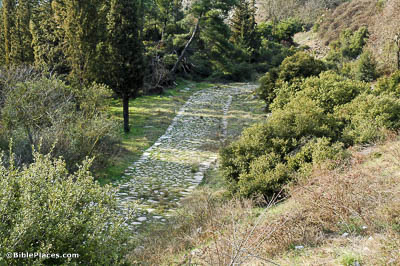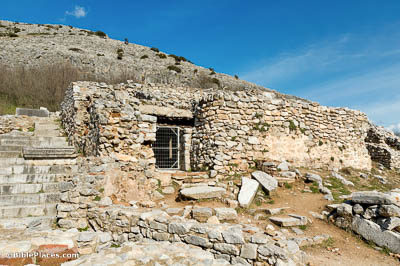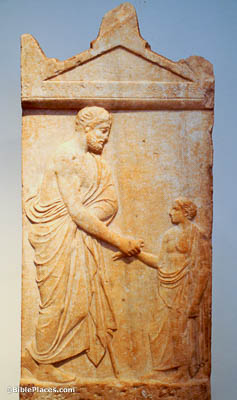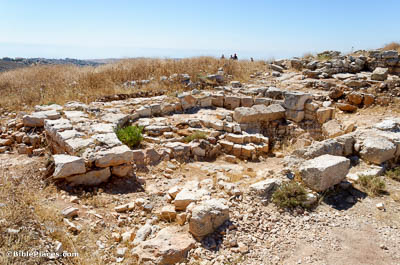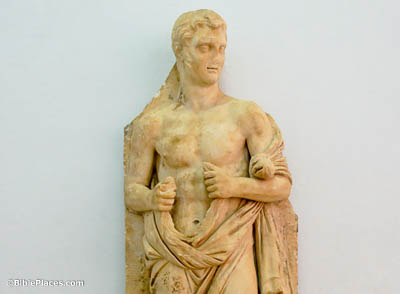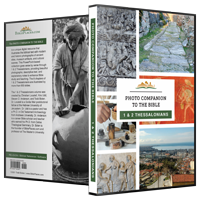For you know, brothers, that our coming to you was not in vain (1 Thessalonians 2:1).
The word translated here as “coming” in Greek is εἴσοδον (eisodon) and literally means “in-road.” The main road Paul took to reach Thessalonica was the Via Egnatia, a segment of which is shown here. The Via Egnatia was the Roman trade route which spread across Macedonia to connect the Aegean with the Adriatic Sea.
